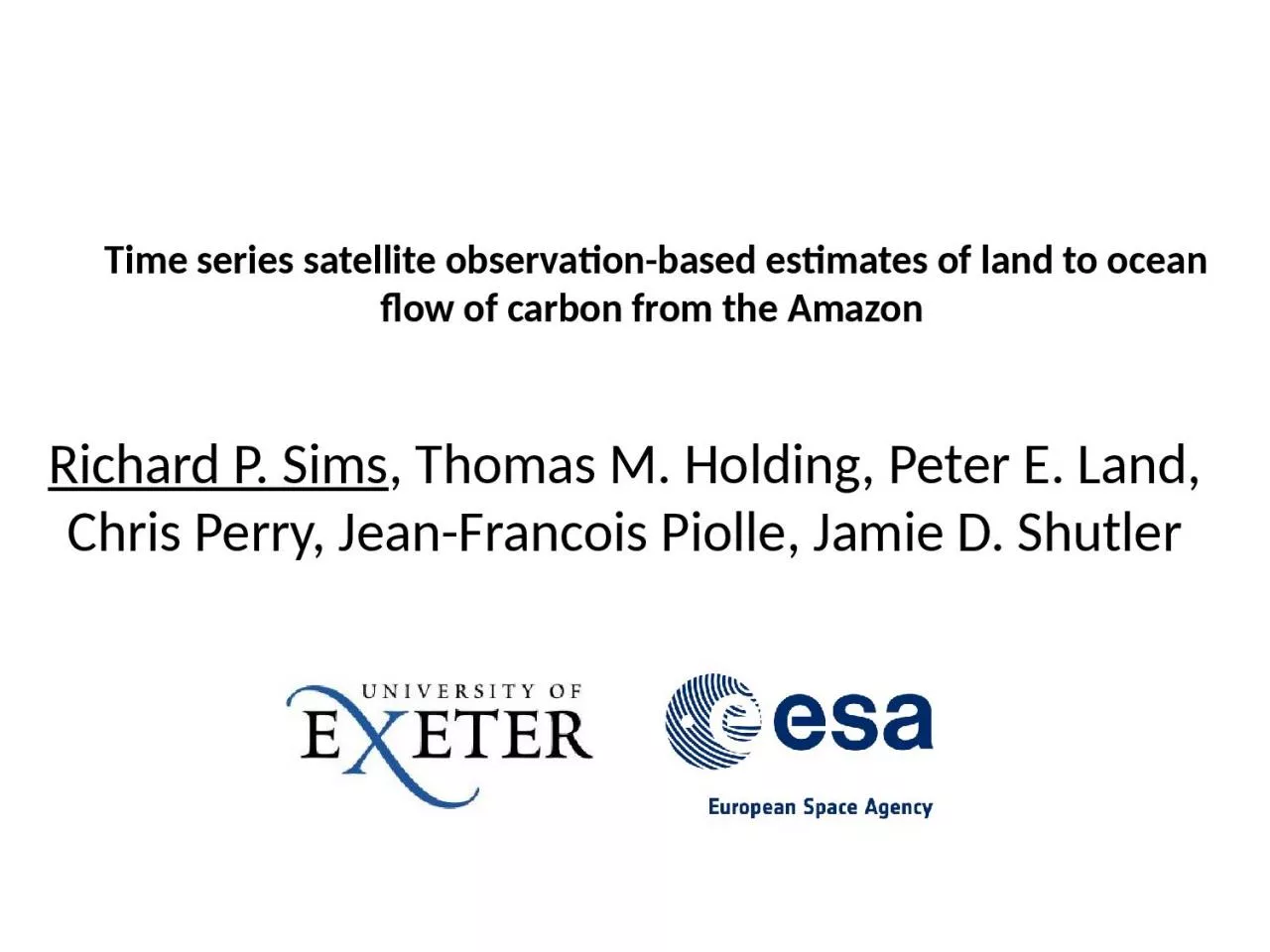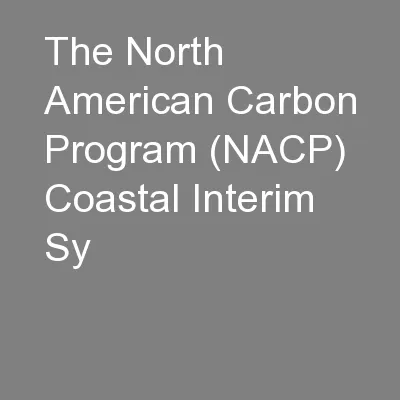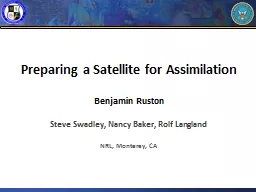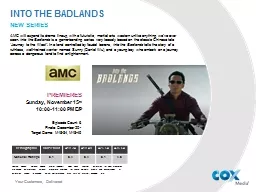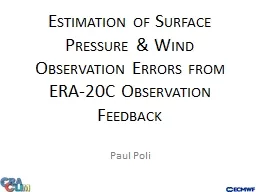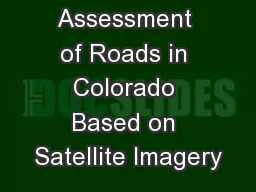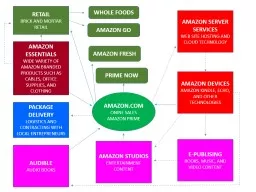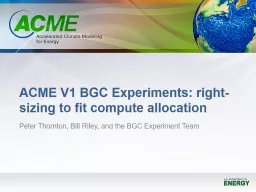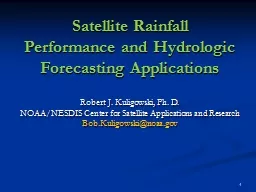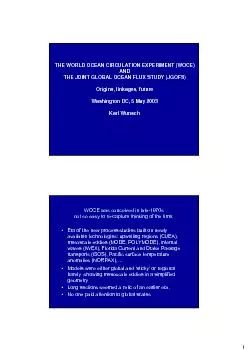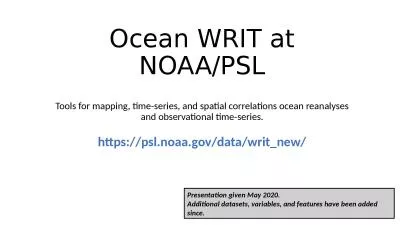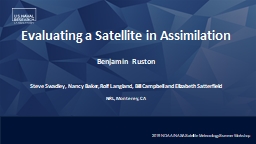PPT-Time series satellite observation-based estimates of land to ocean flow of carbon from
Author : heavin | Published Date : 2022-06-13
Richard P Sims Thomas M Holding Peter E Land Chris Perry JeanFrancois Piolle Jamie D Shutler Friedlingstein et al 2020 078 Pg C y 1 The temporal and spatial
Presentation Embed Code
Download Presentation
Download Presentation The PPT/PDF document "Time series satellite observation-based ..." is the property of its rightful owner. Permission is granted to download and print the materials on this website for personal, non-commercial use only, and to display it on your personal computer provided you do not modify the materials and that you retain all copyright notices contained in the materials. By downloading content from our website, you accept the terms of this agreement.
Time series satellite observation-based estimates of land to ocean flow of carbon from: Transcript
Download Rules Of Document
"Time series satellite observation-based estimates of land to ocean flow of carbon from"The content belongs to its owner. You may download and print it for personal use, without modification, and keep all copyright notices. By downloading, you agree to these terms.
Related Documents

